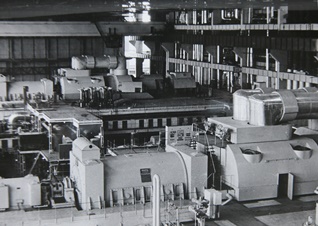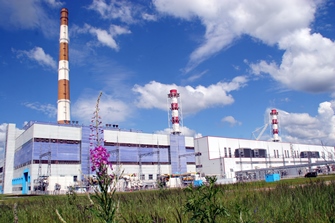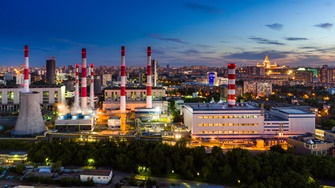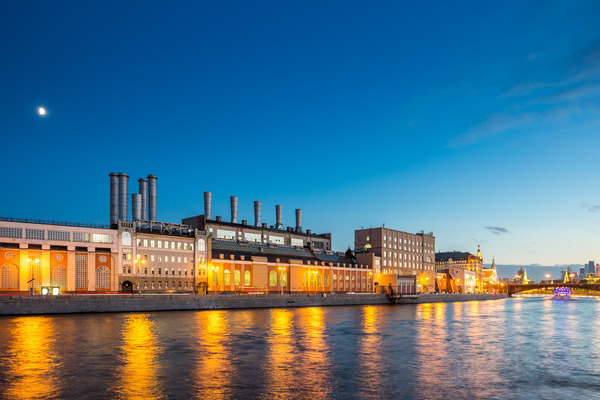History
1887–19171887–1917 Foundation and early years The Joint Stock Company of Electric Lighting was founded in 1886 by Carl Siemens, a Saint Petersburg merchant of the First Guild who was the Head of the Siemens & Halske Representative Office. 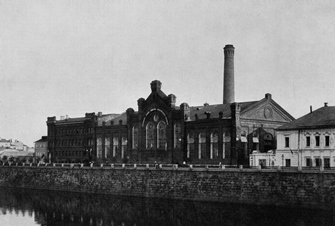 | 1917–19411917–1941 Development in the Soviet Union The management of state power stations was delegated to the Power Department of the Supreme Council of Public Property. 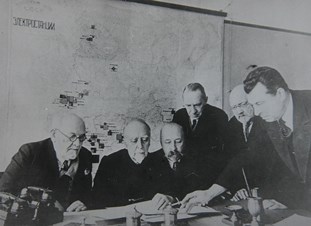 | 1941–19451941–1945 Operations during the World War II The start of World War II put the development of the power system on hold.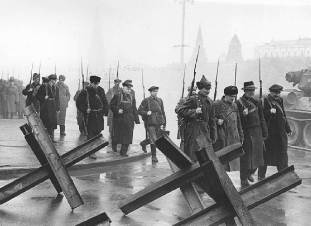 | 1946–19911946–1991 Technical upgrading and transformation to JSK In 1946, Mosenergo began to utilize a new type of fuel: TPP-1 started burning natural gas. | 1991–20071991–2007 Transforming to JSK, reform period In the 1990s, Mosenergo continued to build new generating capacities. In 1992, water-heating boilers, in 1996–1998, two power units were put into operation at Severnaya CHPP (today — CHP-27).
In April 2005, during the reform of the Russian Federation Government, Mosenergo, the Russian largest vertically integrated regional energy company at the time, was divided into 14 separate companies by type of business: generating, network, repair, sales, etc. Mosenergo retained its generating assets, uniting 32 branches, including 17 thermal power plants with a total installed capacity of 10,600 MW and a heat capacity of 39,000 MW. In 2005, Mosenergo grew and started the implementation of the Program for Development and Technical Upgrading, including the planning, construction and commissioning of new generating facilities on the sites of operational power plants in energy-deficient regions and heat and electricity demand nodes with developed infrastructure. | 2007-tll now2007-tll now Expansion activities In 2007, a strategic investor — Gazprom PJSC — came to Mosenergo's management. By 2008, the gas holding company has accumulated more than 50% of the Company's shares.
All of these investments were made on the basis of Power Delivery Contract, which guarantees the return on investment. On May 20, 2015, the extraordinary general shareholder meeting of Mosenergo PJSC decided to transfer powers of the Company’s sole executive body to the managment organization: Gazprom Energoholding LLC. This decision was made to improve the management efficiency, avoid duplication of functions, and cut administrative expenses and other costs. Nowadays the Company works on on operational efficiency and asset quality improvement and also looks for new investment initiatives implementation. |
The first energy system in Russia was laid in Moscow. Moscow power engineers took an active part in the development and practical implementation of the Russian State Electrification Plan (GOELRO). Since the 1930s, the first in the country centralized heat supply system has begun to develop in Moscow, which by the end of the 20th century became the largest in the world.
Moscow power engineers made a huge contribution to the Victory in the Great Patriotic War, providing reliable power supply to defense enterprises, departments and residential buildings. The Moscow energy system restoration in the postwar years, the new powerful power plants construction, the introduction of modern technologies — these are all important milestones in the activities of Mosenergo afteryears.
Today Mosenergo continues to develop dynamically, performing its main task on a daily basis — ensuring reliable operation of production facilities that supply electricity and heat to consumers in the Moscow region.

